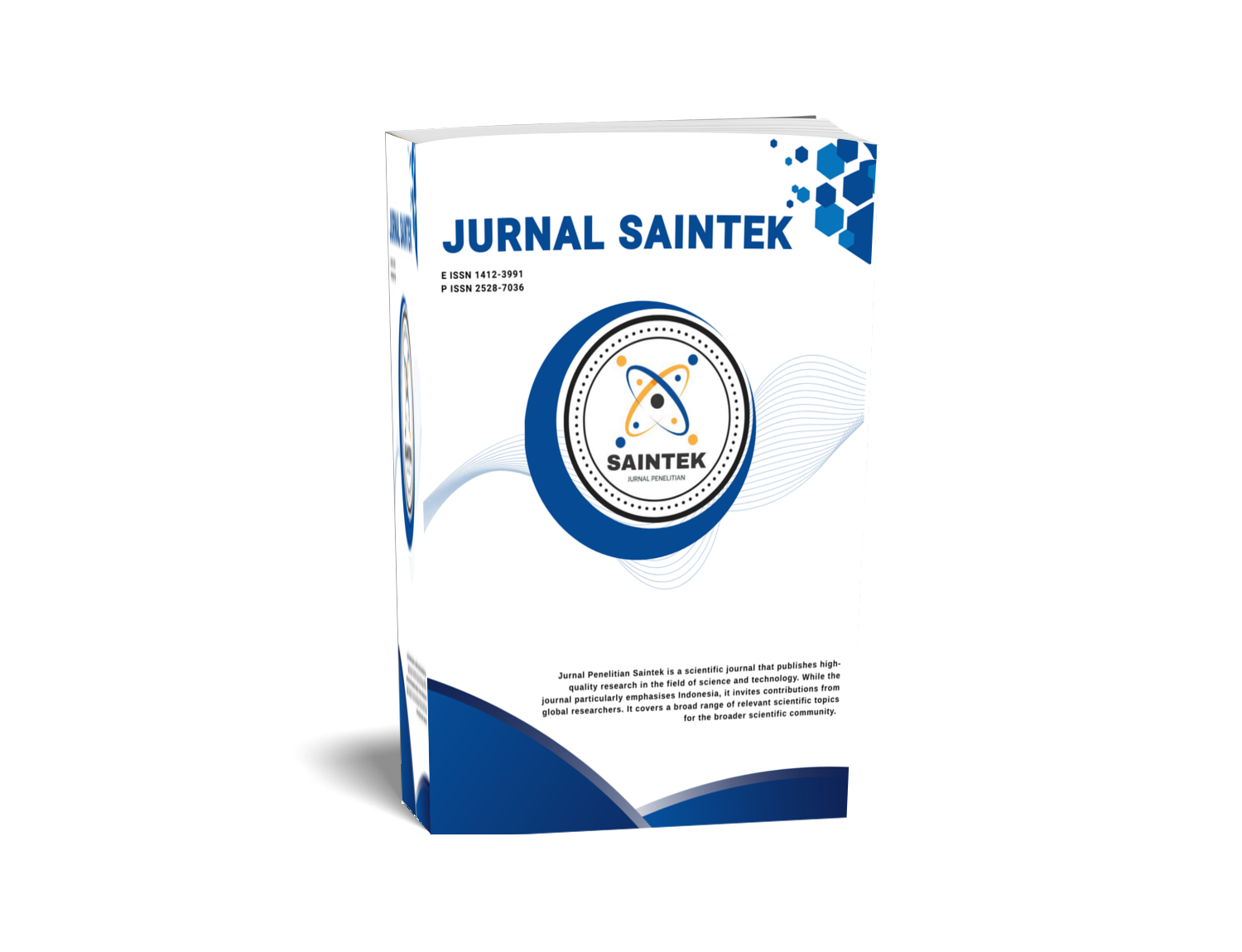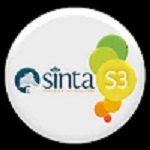WELDING TECHNICAL CLINIC ANALYSIS OF WELDING SMAW WELDING IN VEHICLES OF DISTORTION RECESSING
DOI:
https://doi.org/10.21831/jps.v15i2.19116Keywords:
weldings ecluence, SIL4W, distorlonAbstract
Contplicated distortion alu,ays )tappens in metel melting and.freezirtg proL'ess on welding Lip trt now, the common merhod to recluce distnrtion are; base ntetal prehettling, heat irtput minirualization, welding process sequence, etc. the last has been u,setJ l:y tr'r,Uort, hov:ettet' lhe sequence ofbest effectivitlt and elficiency has not been yet studied. This research aims to l<now ffict of welding process sequence b), sttrdied 5 dil/brent v,elding route related to angle distortion (a), bending distortion (0), c'ross distortian (LI .l anci atial distortion (LP). 'tilelding process used sltielded metal arc welding, base metal ofST 37 and electrode of E6013; 2.6 mm and 3.2 mm of diameter. Fou'kinds oJ te,st used ungle gauge oJ 0.lo precision ctnd caliper of 0.05 mm precision.Based on the test, it could be known that the lov:est angle distortion toctk pluc:e on 3 tirues roule that was 3.07", while the highest happened at 5 times route methoci thai v'Lts 9.23". the lov'esl ben.ding distortion took place on I and 3 lintes route thal wctre 1.50 mm anci 1.52, respectit'e1.1:, wh.ile the highest happened at 5 times rrnrte ruethod that wqs 1 70 rnnt. Cross clistortictn ancl ctnglc distortion tended to have lowest distortion at 3 titnes route, v,hile axial distortion and bentling distortion at I and 3 times routes. All that kinds of dislortion had llte lowest valtte ctt 3 times rotfie v'hichwas the best welding route at sheet ntetal ctf 5 nmt thickness.
References
Cary, H.8,. 1998, Modern Welding Technology, 4th edition, Prentiee Hal! New Jersey USA.
Easterling, Keirneth, 1983, Intoduction to the physical Metalurgi of l|/elding, Butterwoeths & Co.
Honeycombe,R.W.K., dan Badhesia, H.K.D.N., 1995, Steel Microstructure and Properlles, Edward Arnold, London.
Kou, S., 1987, welding metallurgy, John Wiley & Sons, Singapore.
Messler, R.W., 1999, Principle of Welding, John Wiley & Sons Inc, New York, USA.
Wiryosumarto, H., Okumura, T., 2000, Teknologi Pengelasan Logam, Pradnya Paramita, Jakarta.
Downloads
Published
How to Cite
Issue
Section
Citation Check
License
Who Can Submit?
Any individual may submit an original manuscript for consideration for publication in Jurnal Penelitian Saintek as long as they hold the copyright to the work or are authorized by the copyright owner(s) to submit it. Authors retain initial ownership of the copyrights to their works prior to publication, except in cases where, as a condition of employment, they have agreed to transfer copyright to their employer.
User Rights
Jurnal Penelitian Saintek is an Open Access journal. Users are granted the right to read, download, copy, distribute, print, search, or link to the full texts of articles, provided they comply with the conditions of the Creative Commons Attribution-ShareAlike License 4.0 (CC BY-SA 4.0).
https://creativecommons.org/licenses/by-sa/4.0/
Author Rights
Authors retains copyrights.
Jurnal Penelitian Saintek by http://journal.uny.ac.id/index.php/saintek is licensed under a Creative Commons Attribution-ShareAlike 4.0 International License.









